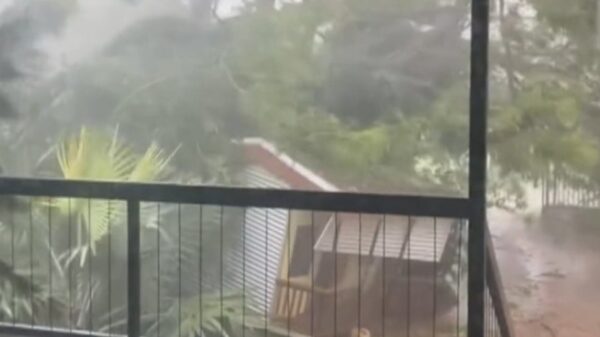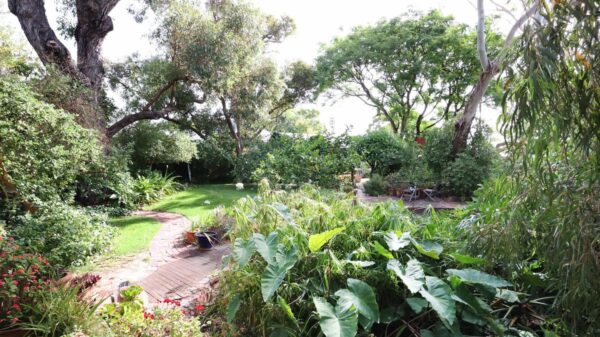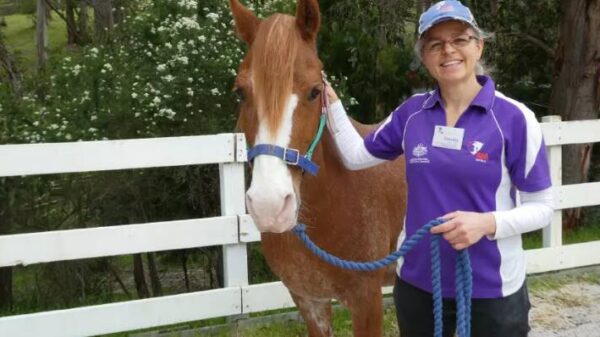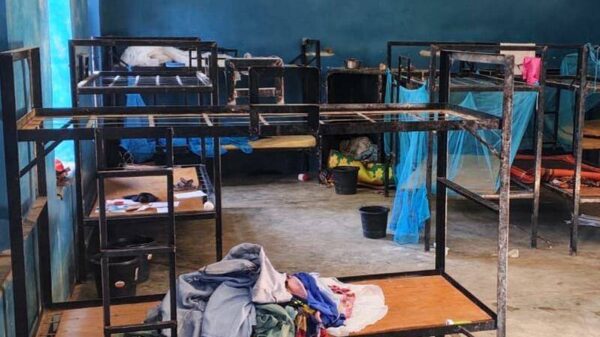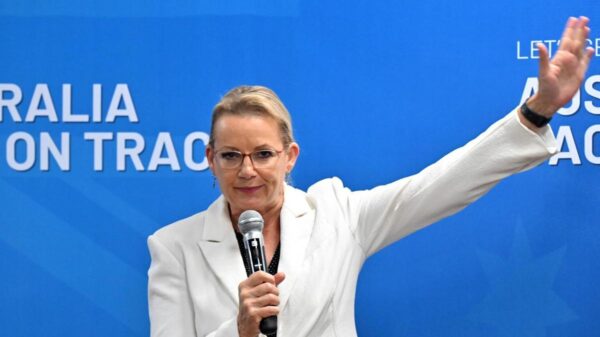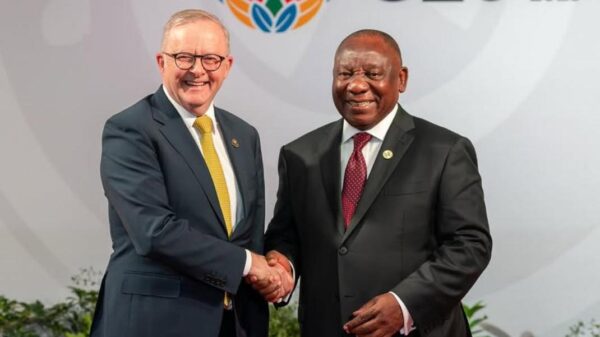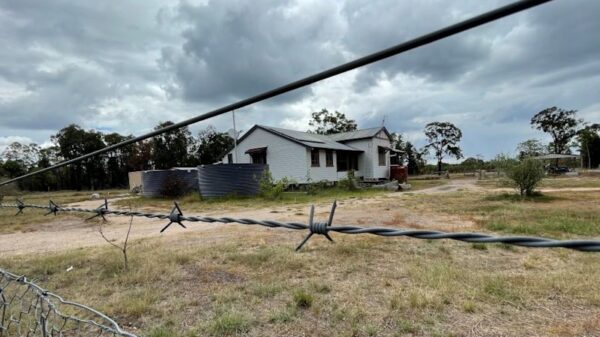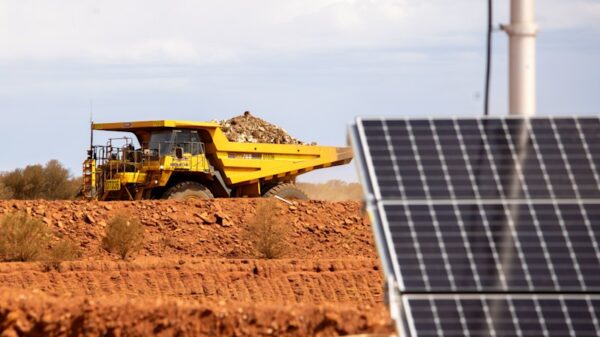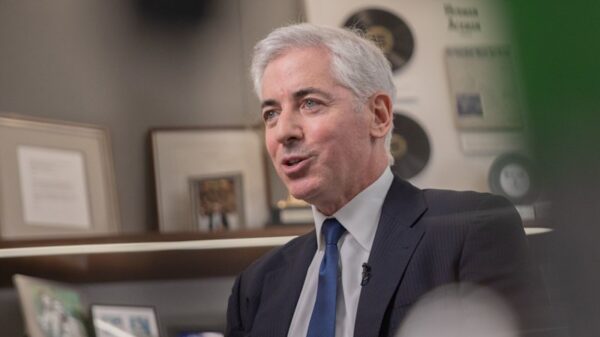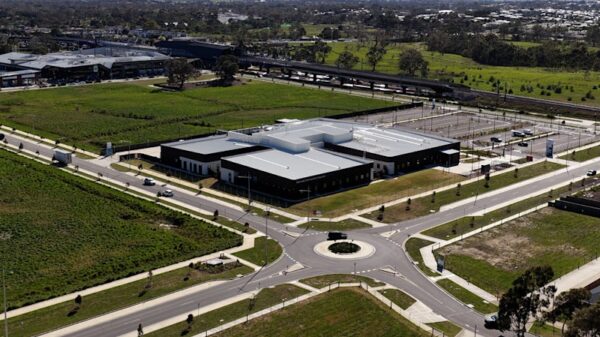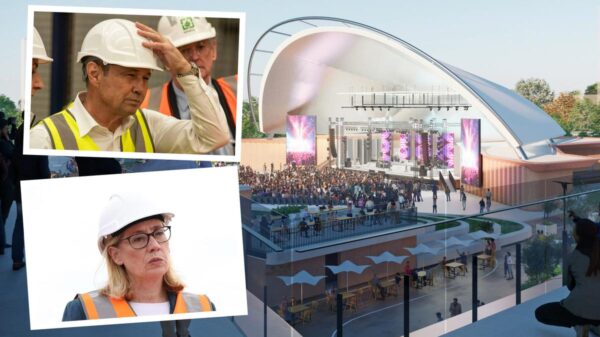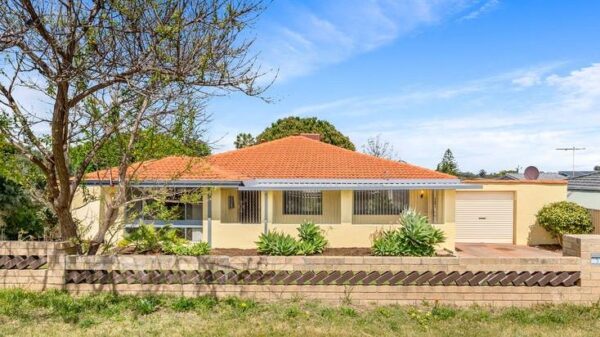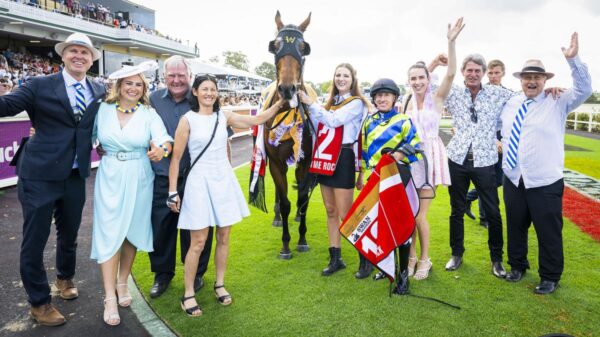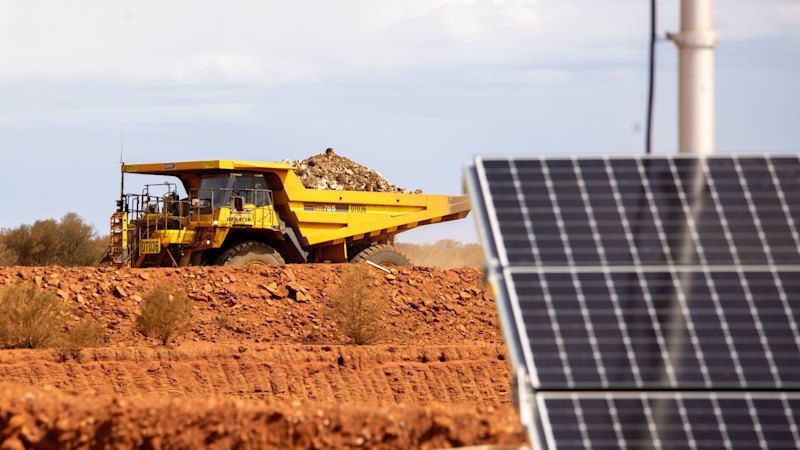URGENT UPDATE: Goldfields miners are making headlines for their massive investments in renewable energy as the net zero emissions debate intensifies. Amidst rising tensions in political discussions, local mining companies are turning to the skies, fueling a renewable energy boom that could redefine energy costs in the region.
While gold and rare earths dominate headlines, it’s the renewable projects that have miners in Goldfields excited. Nick Strong, General Manager at Northern Star, stated, “It’s a good investment. It’s good cheap power, it serves our purpose, and the huge bonus that comes with it is that carbon footprint reduction, so, win, win, win.”
Northern Star’s ambitious plan to build one of Australia’s largest behind-the-grid renewable power stations is now open for public comment. The project includes up to 32 wind turbines generating 256 megawatts of power and a 120 megawatt solar farm to support the operations of the Kalgoorlie Super Pit, which is undergoing a $1.5 billion expansion. This project aims to deliver power cheaper than the current grid rates, a significant concern as energy prices surge.
The renewable push doesn’t stop there. South African miner Gold Fields is also heavily investing in renewables at its St Ives mine near Kambalda, with a planned $296 million wind and solar project to power around 70% of its operations. Recently, they activated a hybrid power grid consisting of a 19 megawatt solar farm, 11 megawatt battery, and 40 megawatt gas plant to combat rising fuel costs.
Furthermore, rare earths miner Lynas is commissioning four wind turbines, which, together with a 7 megawatt solar farm and 12 megawatt battery, aim to power all operations under optimal conditions. Lynas anticipates that 70% of its electricity will eventually come from renewable sources.
As the federal Coalition grapples with its stance on net zero emissions, no major miner in Western Australia has publicly abandoned their commitment to achieving net zero by 2050. In contrast, mining magnate Gina Rinehart continues to voice strong opposition to the renewable shift, arguing it jeopardizes shareholder dividends for key players like Rio Tinto and BHP.
Back in Kalgoorlie, Strong expressed frustration with the political confusion surrounding climate commitments. “Are you denying climate change, or are you just objecting to the on-the-ground impact to your constituents in terms of wind farms and power lines?” he questioned. “Be clearer about what you’re concerned about would be my first message to them.”
The renewable projects span an area comparable to Kalgoorlie itself, yet Strong assured that they remain visually unobtrusive. “Our wind farms and our renewables can’t be seen from any residential property,” he noted.
As energy prices continue to escalate due to rising gas and coal costs, miners are increasingly turning to renewable solutions. The Chamber of Minerals and Energy WA highlighted that power costs for industrial customers connected to the South West power grid have doubled since 2020, presenting a significant barrier to investment in the sector.
With the local economy shifting towards renewable energy, the Goldfields region is poised for a transformative change. Keep an eye on developments in this sector as more projects come online, potentially reshaping energy consumption in Western Australia.


